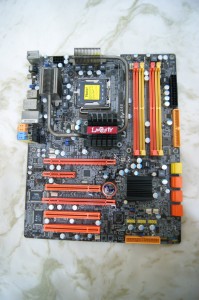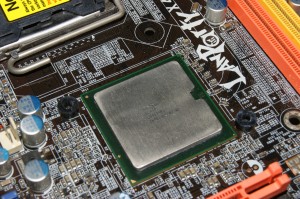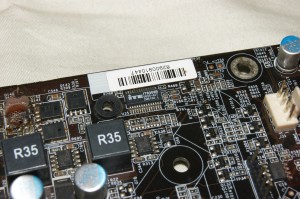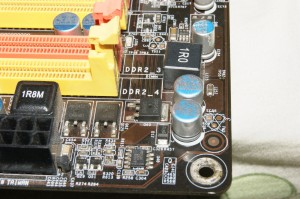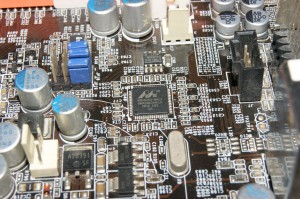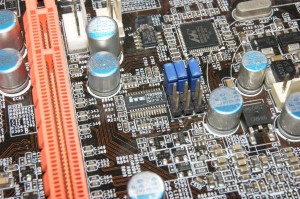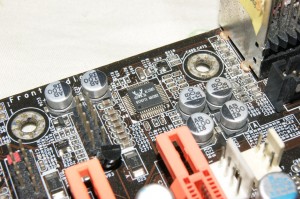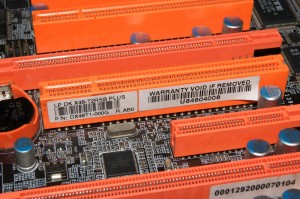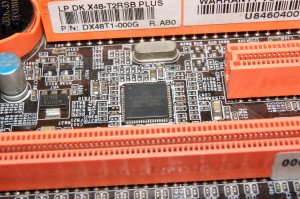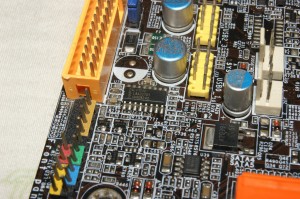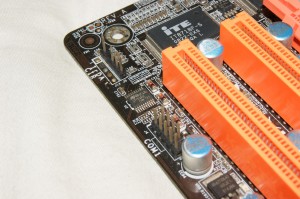Motherboard Teardown: DFI LanParty DK X48-T2RSB+
Hey there.
This is my motherboard 3 years ago. The motherboard was really great for overclocking, plus the catchy UV-reactive color slots. Until, suddenly the MOSFET burned when I turn on the computer.
Don’t really know why, I assume it might be from ESD, because I don’t use any chassis before. My board are just laying on my desk.
Even the MOSFET already burned, I tried to remove it from the board, and viola! it still works!
The Audio jack housing is broken, intentionally, because I want to see inside the connectors.
Ok, Here we go~
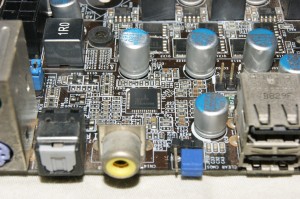
VRM PWM Controller – ISL6336 by Intersil Official Datasheet and Specification : HERE

MOSFET array : CSD16404 and CSD16410 by CiclonSemi (now acquired by Texas Instrument) Official Datasheet and Specification (CSD16404): HERE
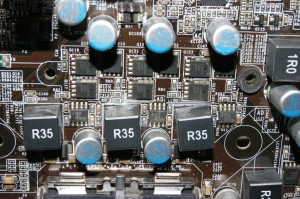
MOSFET Driver : ISL6612 by Intersil Official Datasheet and Specification: HERE
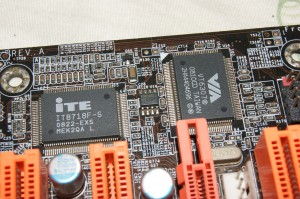
VIA VT6307 – Firewire IEEE1394 Controller. Honestly I never used the firewire peripherals… and ITE8718F Low-Pin Count (LPC IO). This chip controls much minor things, like Floppy Disk, Hardware Monitor, Fan Controller, PS/2 Keyboard and Mouse, UART, CIR, Parallel Port, etc…
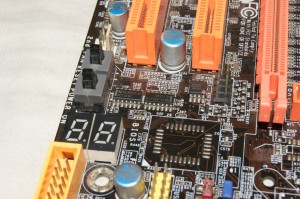
HCT164M by Texas Instrument : a simple logic circuit. Converts Serial to Parallel. Maybe for the 7-Segment Debug LED?
Will post more motherboard later!
Wait for my MSI P67 Motherboard!
Share:
Tweet
